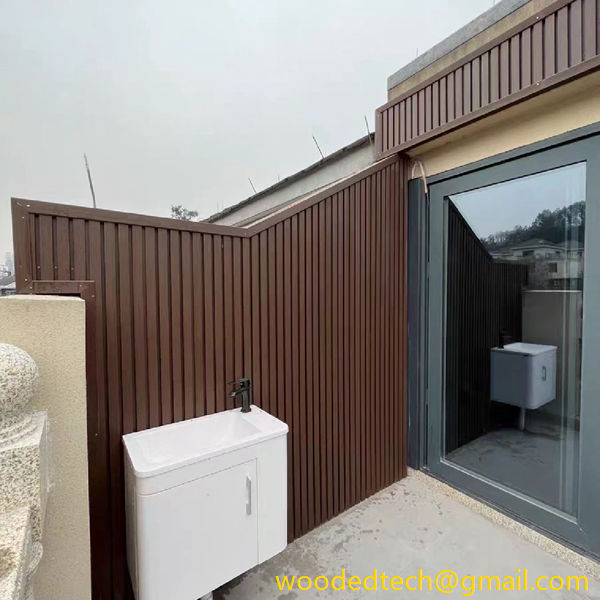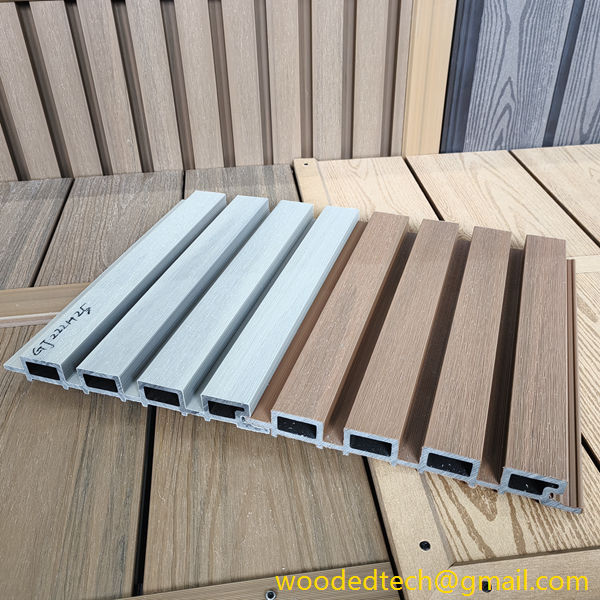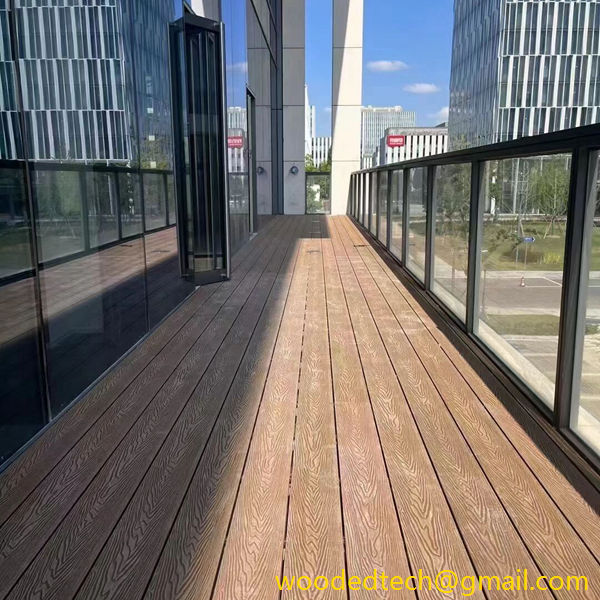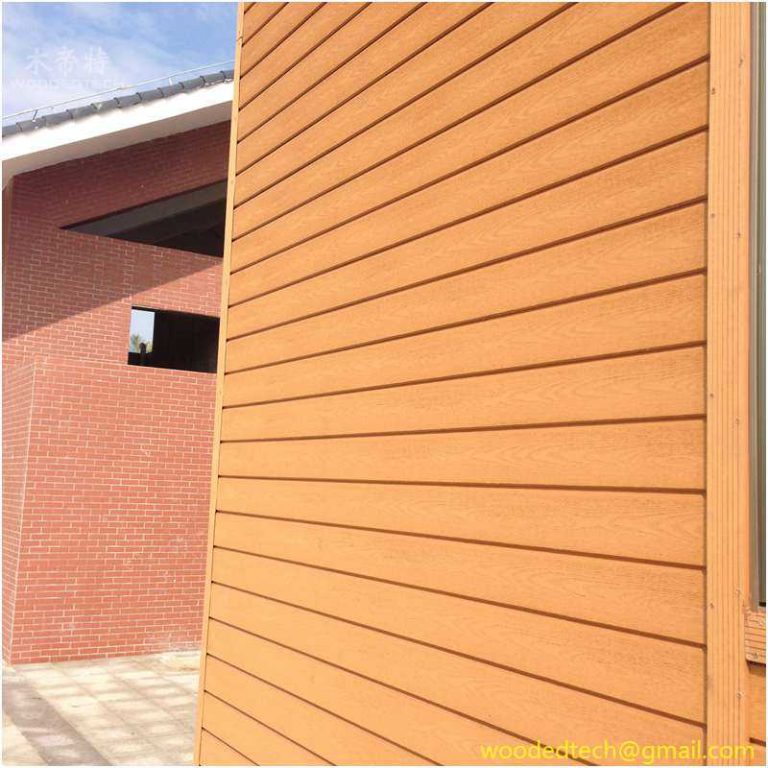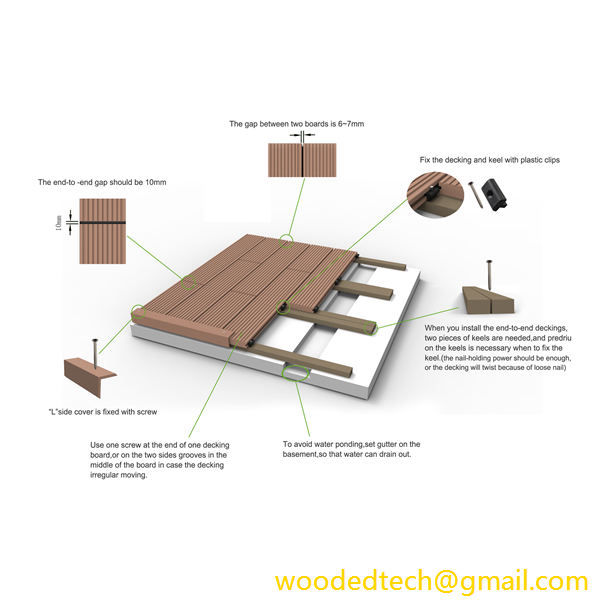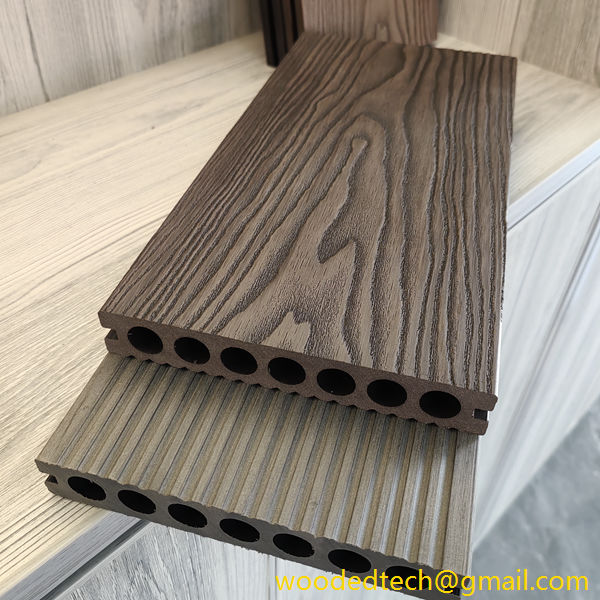Wood Plastic Composite (WPC) flooring is an innovative material that combines the natural aesthetics of wood with the durability of synthetic materials. This unique composite has gained immense popularity in the flooring industry due to its remarkable properties, which make it an appealing choice for both residential and commercial applications. To fully understand the advantages of WPC flooring, it is essential to explore its material performance, which encompasses durability, moisture resistance, ease of maintenance, and overall environmental impact.
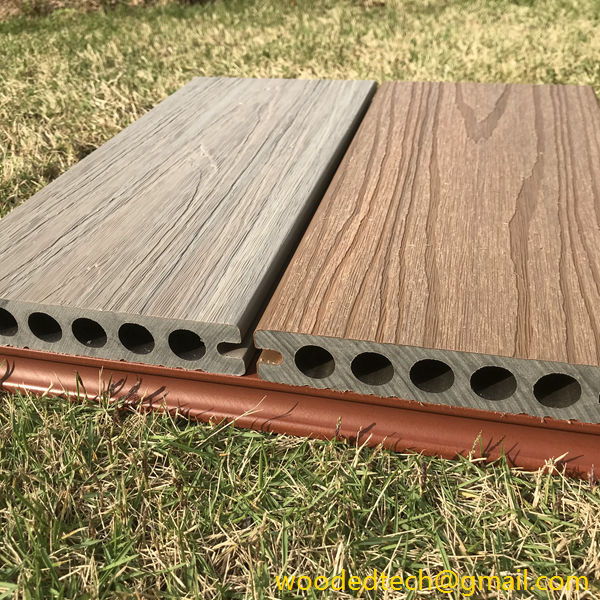
One of the standout features of WPC flooring is its exceptional durability. Unlike traditional hardwood flooring, which can be prone to scratches, dents, and warping, WPC flooring is engineered to withstand the rigors of daily use. The composite material is typically made from a combination of wood fibers and thermoplastic polymers, resulting in a product that is not only resilient but also capable of maintaining its structural integrity under various conditions. This durability is particularly beneficial in high-traffic areas, where traditional flooring might show signs of wear and tear more quickly.
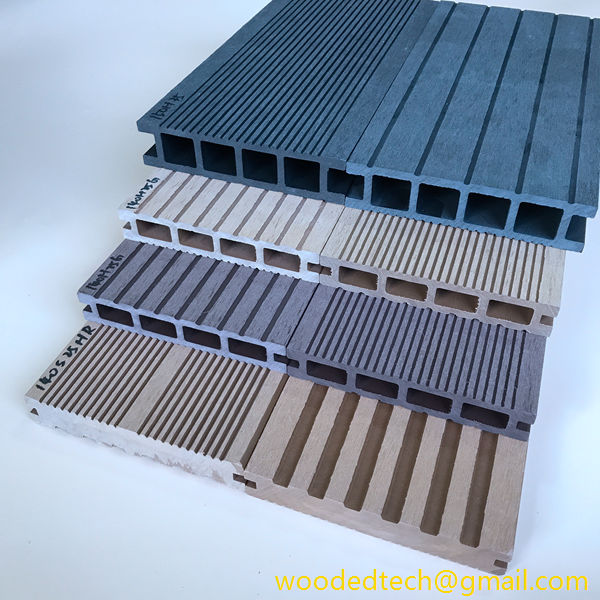 Moisture resistance is another critical performance attribute of WPC flooring. Many homeowners and businesses face challenges related to humidity and water exposure, particularly in areas like kitchens, bathrooms, and basements. WPC flooring is designed to resist moisture absorption, which helps prevent issues such as mold growth and warping. This characteristic makes WPC an ideal choice for environments where water exposure is a concern. The material’s ability to repel moisture also contributes to its longevity, as it can maintain its appearance and functionality over time.
Moisture resistance is another critical performance attribute of WPC flooring. Many homeowners and businesses face challenges related to humidity and water exposure, particularly in areas like kitchens, bathrooms, and basements. WPC flooring is designed to resist moisture absorption, which helps prevent issues such as mold growth and warping. This characteristic makes WPC an ideal choice for environments where water exposure is a concern. The material’s ability to repel moisture also contributes to its longevity, as it can maintain its appearance and functionality over time.
In terms of maintenance, WPC flooring offers a significant advantage over traditional wood flooring. Cleaning and upkeep are straightforward, requiring only regular sweeping and occasional mopping with a damp cloth. Unlike hardwood, which may require periodic refinishing or special cleaning products, WPC flooring can be maintained with minimal effort. This ease of maintenance is particularly appealing for busy households or commercial spaces where time and resources are limited. Additionally, the non-porous surface of WPC flooring makes it resistant to stains and spills, further enhancing its practicality for everyday use.
Another important aspect of WPC flooring is its environmental performance. As consumers become increasingly aware of sustainability issues, the demand for eco-friendly materials has grown. WPC flooring is often made from recycled wood fibers and plastics, reducing the need for virgin materials. This recycling process not only minimizes waste but also lowers the environmental footprint associated with manufacturing new flooring products. Furthermore, many WPC products are free from harmful chemicals and toxins, making them a safer choice for indoor environments.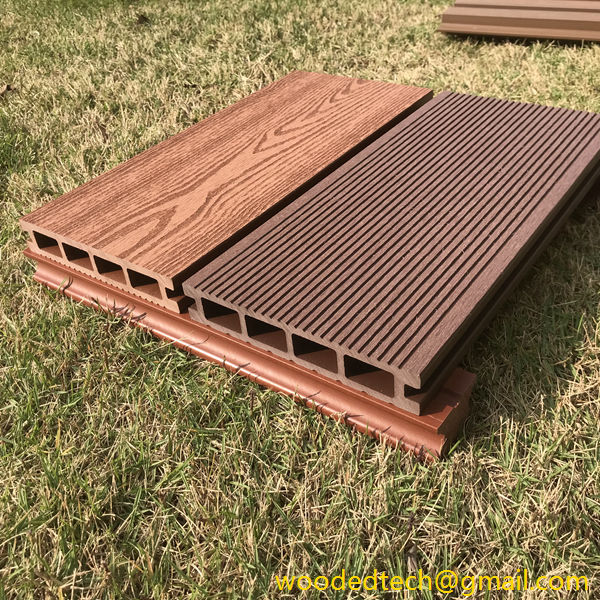
In terms of aesthetics, WPC flooring is available in a wide variety of designs, colors, and textures. This versatility allows homeowners and designers to achieve the desired look without compromising on performance. The advanced printing techniques used in the production of WPC flooring can replicate the appearance of natural wood, stone, or tile, providing a high-end look at a more affordable price point. This aesthetic appeal, combined with the material’s durability and ease of maintenance, makes WPC flooring a popular choice for those seeking both style and functionality.
Sound insulation is another performance benefit of WPC flooring that should not be overlooked. The composite structure of WPC provides better sound-dampening properties compared to traditional hardwood floors. This feature is particularly advantageous in multi-story buildings or homes with multiple rooms, where noise transfer can be a concern. The ability to reduce sound transmission enhances the overall comfort of living spaces and contributes to a more peaceful environment.
When considering the installation process, WPC flooring often features a click-lock system that simplifies the installation procedure. This user-friendly design allows for easier DIY projects, as homeowners can install the flooring without the need for professional assistance. Additionally, the lightweight nature of WPC planks makes them easier to transport and handle during installation.
In conclusion, WPC flooring is a remarkable material that offers a combination of durability, moisture resistance, ease of maintenance, and environmental benefits. Its performance characteristics make it an ideal choice for a wide range of applications, from residential homes to commercial spaces. As the demand for sustainable and high-performing flooring options continues to rise, WPC flooring stands out as a versatile solution that meets the needs of modern consumers while providing an attractive aesthetic. Whether you are renovating an existing space or building a new one, WPC flooring is worth considering for its enduring qualities and practical advantages.

